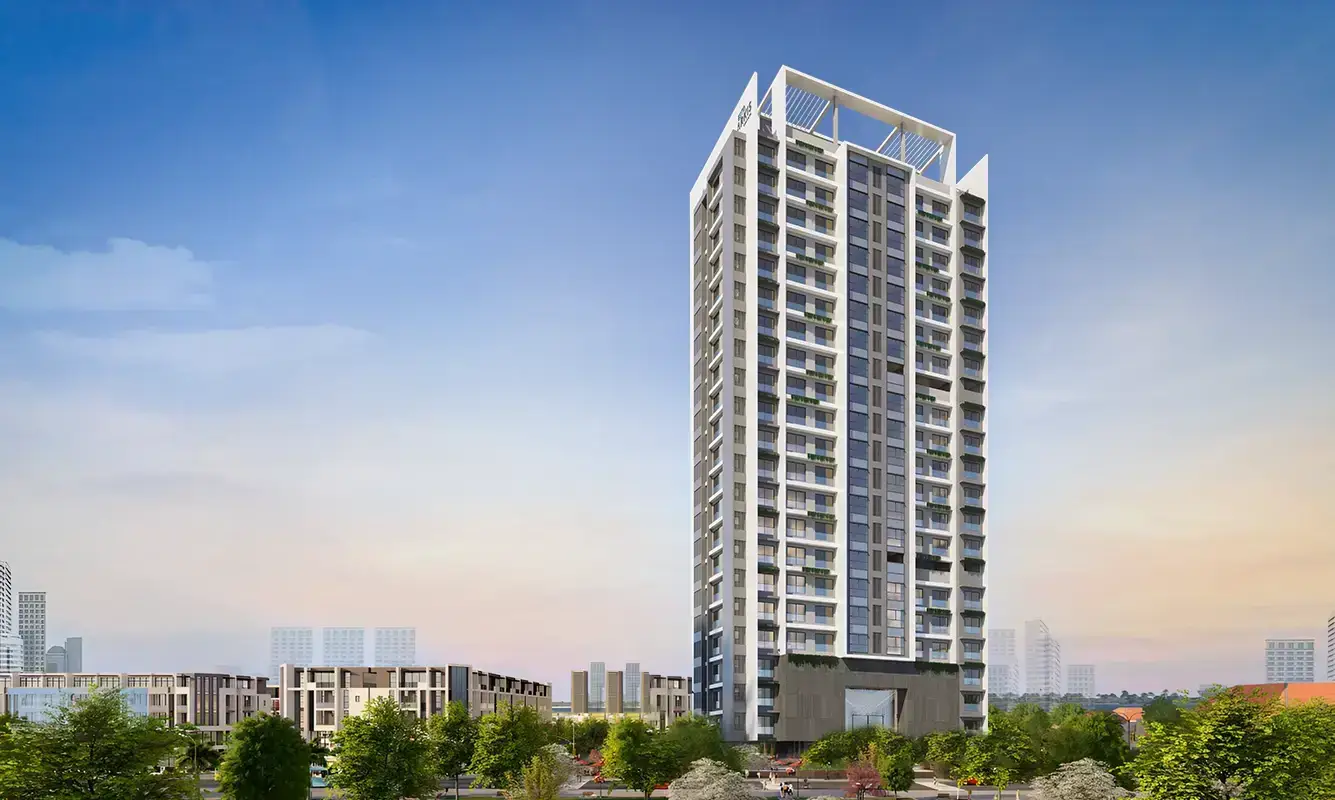When buying a home, understanding the nuances of space measurement is crucial. Many homebuyers get confused between carpet area, built-up area, and super built-up area, yet these terms significantly influence the actual livable space, the overall cost, and the value of a property. Knowing these definitions helps buyers make informed decisions and prevents surprises when moving into their new home. While the terms might appear technical, they are simple once broken down and understood in relation to how you actually live in the space.
Carpet Area: Your True Living Space
The carpet area refers to the actual usable floor space within an apartment or house. It is the area where you can lay a carpet, place furniture, or freely move around, including bedrooms, living rooms, kitchen, bathrooms, and staircases inside your home. The carpet area excludes external walls, utility ducts, common corridors, lifts, and terraces. Essentially, it represents the space you can call your own—the area where your daily life unfolds.
How to calculate:
Carpet Area = Area of Bedroom + Living Room + Kitchen + Bathrooms + Balcony (if included) – Thickness of Internal Walls
Understanding carpet area is vital because it determines how comfortable your home will feel. Two apartments with the same super built-up area may feel completely different depending on the carpet area, as the carpet area reflects the space you actually inhabit. A larger carpet area means more room for living, furniture placement, and movement, making it a crucial factor to evaluate when comparing properties.
Key points about carpet area:
- Represents the actual usable space of a home.
- Excludes common areas, walls, and terraces.
- Crucial for comparing true living spaces across different apartments.
- Helps buyers understand how the property will feel in daily life.
RERA Carpet Area: Standardized Transparency
With the introduction of the RERA Act 2016, carpet area definitions were standardized to ensure greater transparency in real estate transactions. RERA Carpet Area includes the internal partition walls of the apartment while excluding external walls, terraces, balconies, and verandas. By incorporating internal walls, RERA ensures that buyers have a clear and uniform understanding of the actual usable space in an apartment.
How to calculate:
RERA Carpet Area = Net Usable Floor Area + Area Covered by Internal Partition Walls
This slight difference usually results in RERA Carpet Area being slightly higher than the traditional carpet area, making it easier for buyers to compare projects across different developers. In an era where real estate pricing can be confusing, knowing the RERA Carpet Area gives buyers confidence that they are paying for what they can actually use, and prevents disputes over floor space measurements later.
Key points about RERA Carpet Area:
- Includes internal walls, unlike general carpet area.
- Ensures standardized measurement for all developers.
- Provides transparent comparison between projects.
- Enables buyers to avoid overpaying for unusable space.
Built-up Area: Beyond Just the Living Space
The built-up area is slightly larger than the carpet area and includes not only the space you occupy but also the thickness of both internal and external walls, balconies, terraces, and exclusive staircases. Essentially, built-up area captures the apartment's total footprint, including areas you cannot use directly but which are part of your private property.
How to calculate:
Built-up Area = Carpet Area + Area of Walls + Balcony/Terrace Area + Exclusive Staircases
Understanding built-up area is important because some developers may quote prices based on this metric. While it gives a better picture of the overall space your property occupies, it does not reflect the actual usable area like carpet area does. For homebuyers, knowing the distinction between carpet area and built-up area ensures clarity on how much space is genuinely usable versus the space included for construction purposes.
Key points about built-up area:
Includes carpet area plus walls, balconies, terraces, and exclusive staircases.
Represents the total constructed area of your home.
Provides perspective on how space is allocated beyond the living area.
Helps buyers understand the overall footprint of the apartment.
Super Built-up Area: The Saleable Space
The super built-up area, also called the saleable area, includes the built-up area plus a proportionate share of common areas in the building. These common areas include lobbies, staircases, elevators, clubhouses, corridors, and other shared amenities. Developers use the super built-up area to determine the final sale price of an apartment, as it accounts for shared facilities that all residents benefit from.
How to calculate:
Super Built-up Area = Built-up Area + Proportionate Share of Common Areas
Or
Super Built-up Area = Carpet Area × (1 + Loading Factor)
*Loading Factor = (Super Built-up Area – Carpet Area) ÷ Carpet Area
Unlike carpet or built-up area, the super built-up area may sometimes create the illusion of a larger apartment. While it includes a share of common spaces, it does not always indicate the actual usable space inside the home. This is why understanding the difference between super built-up area and carpet area is essential—it allows buyers to gauge whether they are paying for functionally useful space or mostly for common amenities.
Key points about super built-up area:
- Includes built-up area plus shared common facilities.
- Determines the sale price of the apartment.
- Does not reflect usable living space.
- Helps allocate cost of amenities fairly among residents.
- Essential to check the ratio of carpet to super built-up area before buying.
Why Understanding These Terns Areas Matters?
For homebuyers, the distinction between carpet, built-up, and super built-up area is more than semantics—it affects comfort, cost, and investment value. A property with a large super built-up area but small carpet area might feel cramped despite being expensive, while an apartment with a larger carpet area gives better living experience even if the super built-up area is smaller.
Focusing on carpet area allows buyers to evaluate actual living space rather than getting swayed by the total built-up or super built-up figures. Built-up and super built-up areas help understand construction quality, walls, and shared facility allocation, but should not be the primary measure for deciding which home offers more livable space.
Key considerations for buyers:
- Prioritize carpet area for usable space.
- Check the ratio of carpet area to super built-up area for value assessment.
- Consider amenities included in super built-up area to see if they justify the cost.
- Ensure transparency with RERA-compliant measurements.
- Evaluate comfort, lighting, and usability, not just the numbers.
- Compare multiple projects based on livable space and functionality.
- Carpet, Built-up, and Super Built-up Areas in Daily Life
Conclusion
For homebuyers, knowledge is power. Understanding the differences between carpet area, built-up area, and super built-up area ensures that you pay for the space you actually live in, rather than being misled by total saleable area. While super built-up area helps developers allocate costs for common amenities, carpet area remains the true measure of home comfort and functionality.
By focusing on carpet area, asking for RERA-compliant measurements, and evaluating the ratio of carpet to super built-up area, buyers can make well-informed decisions. Always remember: the livable space you walk, cook, and relax in defines your home, not just the numbers on the floor plan. A smart buyer considers comfort, convenience, and cost together to choose the best property that aligns with both lifestyle and investment goals.









.png)